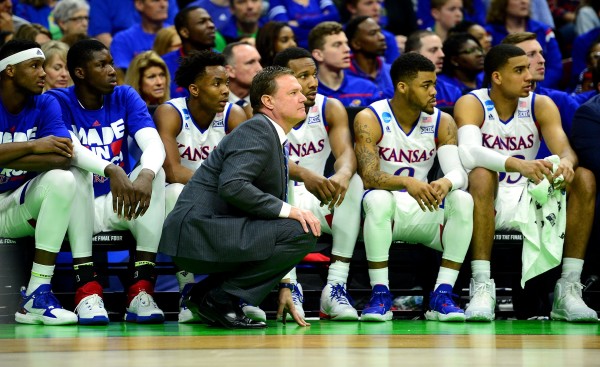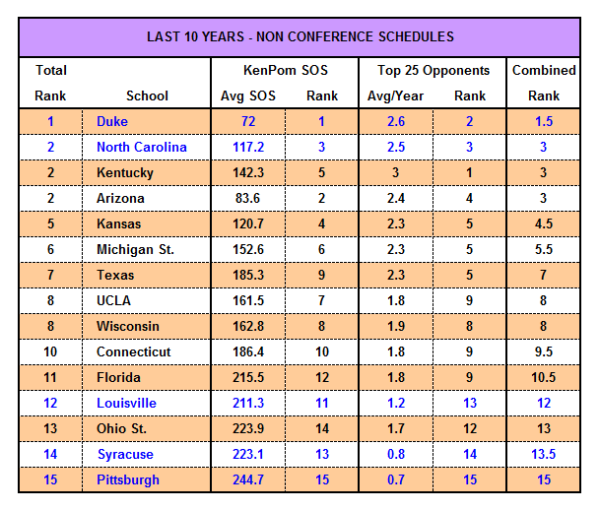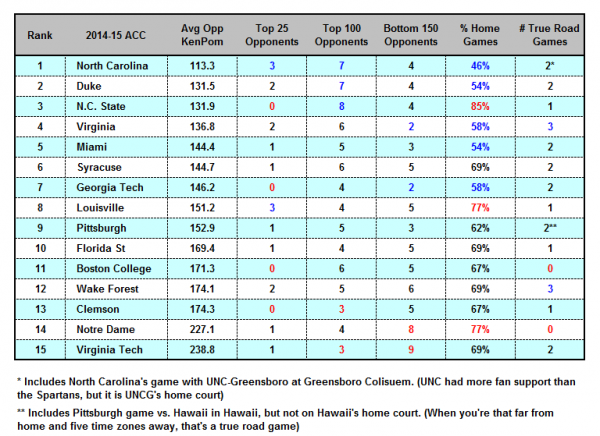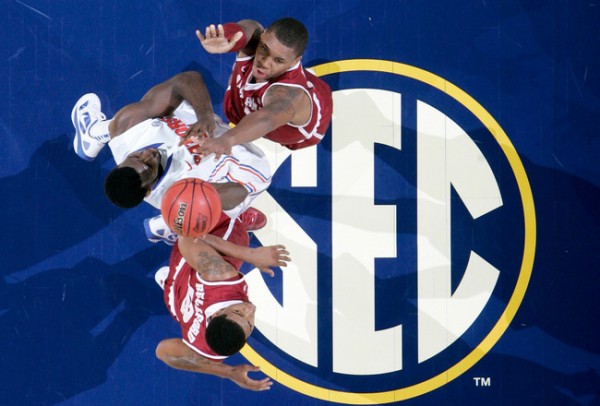Reviewing the Big 12’s Top 10 Non-Conference Matchups
Posted by Chris Stone on November 8th, 2016Once again it looks like the Big 12 regular season title will remain in Kansas. Bill Self’s team enters this season as the prohibitive favorite to win a 13th straight championship, but the good news is that there is plenty of great non-conference basketball to sustain us until conference teams take turns trying to knock the Jayhawks from their perch. Most Big 12 teams will play tough November and December schedules featuring several preseason top 10 teams and tough mid-majors. Notably excluded from this list are games from January’s Big 12/SEC Challenge, but here’s a look at the league’s best 10 non-conference games through the first two months of the season.

Kansas is poised to win another Big 12 title, but the non-conference games come first. (USA Today Images)
- 10. Oklahoma State vs. Connecticut, Monday November 21 – This is an opening round game at the Maui Invitational, and while the Cowboys may struggle to beat a ranked Connecticut team on the Valley Isle, the individual match-up between point guards Jawun Evans and Jalen Adams makes this must-see TV.
- 9. Texas at Michigan, Tuesday December 6 – John Beilein’s Michigan teams play a beautiful brand of offensive basketball that the Longhorns will look to muck up by increasing tempo and using their athleticism to outrun the Wolverines in Ann Arbor.
- 8. Oklahoma at Wisconsin, Saturday December 3 – The Badgers open the season as the Big Ten favorite so Oklahoma will have its hands full in Madison. Guard Jordan Woodard will need to deliver a Buddy Hield-esque performance for the Sooners to come away with an upset in this one.












































